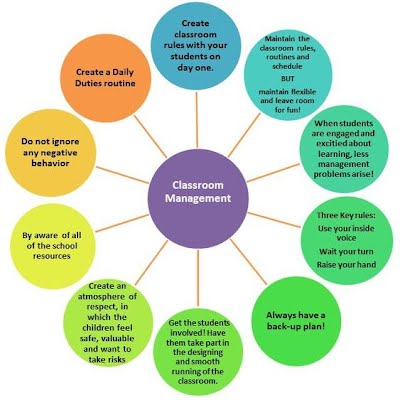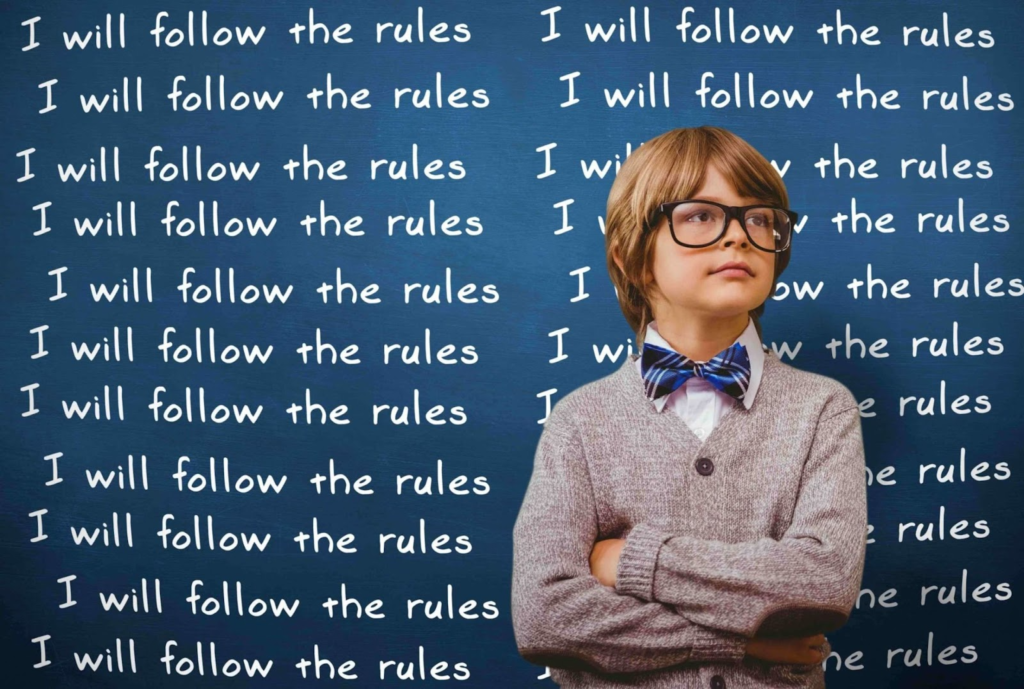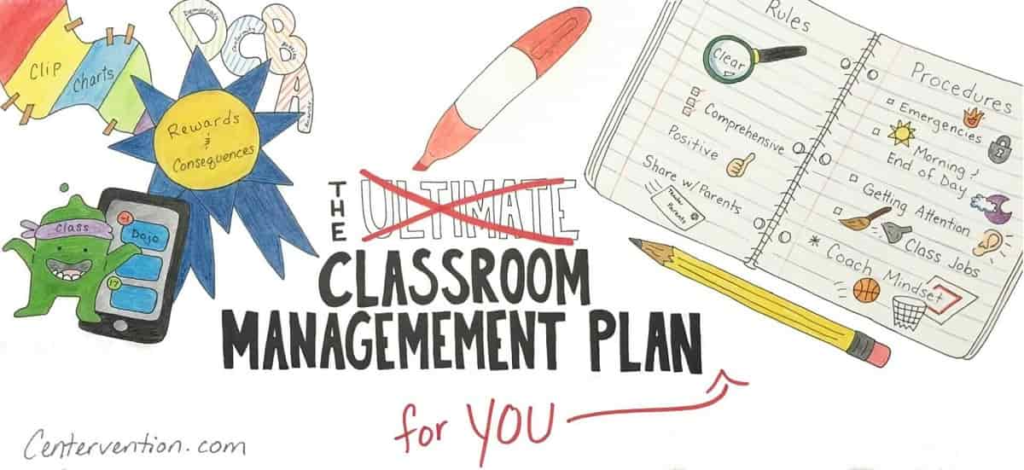

As an educator, having an effective classroom management plan is crucial for creating a positive and productive learning environment. A well-designed plan can help prevent disruptive behavior, minimize distractions, and promote student engagement. In this article, we will provide 10 proven tips for creating an effective classroom management plan.

One of the most important aspects of an effective classroom management plan is setting clear expectations for behavior and consequences for not meeting those expectations. These expectations should be communicated clearly and consistently to all students at the beginning of the school year or semester. The consequences for breaking the rules should also be clearly outlined and consistently enforced.
Another key aspect of an effective classroom management plan is building positive relationships with students. Teachers who take the time to get to know their students and show that they care about their well-being are more likely to have students who are engaged and motivated to learn. Positive relationships can also help prevent disruptive behavior and improve overall classroom morale.

Having a consistent and predictable classroom routine can help students feel more comfortable and focused in the classroom. Teachers should establish a routine that includes procedures for entering and exiting the classroom, beginning and ending class, and transitioning between activities. The routine should be communicated clearly and reinforced consistently throughout the year.
Positive reinforcement can be a powerful tool for promoting positive behavior in the classroom. Teachers can use a variety of strategies, such as verbal praise, stickers, or other rewards, to reinforce good behavior. When students know that their positive actions will be recognized and rewarded, they are more likely to repeat those actions in the future.
Distractions in the classroom can derail learning and contribute to disruptive behavior. Teachers should take steps to minimize distractions, such as keeping the classroom organized and free of clutter, using noise-canceling headphones, or strategically seating students who are easily distracted. By minimizing distractions, teachers can create a more focused and productive learning environment.

Teachers can use data to inform their instruction and identify areas where students may be struggling. This can help teachers tailor their lessons to meet the needs of individual students and prevent frustration and disengagement. Data can come from a variety of sources, such as formative assessments, standardized tests, or student work samples.classroom management plan.
Clear and consistent feedback is essential for helping students improve their behavior and academic performance. Teachers should provide feedback that is specific, timely, and actionable. This can include feedback on assignments, class participation, or behavior in the classroom. When students know what they need to do to improve, they are more likely to take action and make progress.
When students are actively engaged in the learning process, they are more likely to be motivated and invested in their education. Teachers can involve students in the learning process by providing opportunities for group work, hands-on activities, and student-led discussions. By giving students a voice in their own education, teachers can create a more student-centered and empowering learning environment.classroom management plan.
A growth mindset is the belief that intelligence and ability can be developed through hard work and perseverance. Teachers can foster a growth mindset in their students by emphasizing effort and progress over innate ability. This can help students overcome challenges, learn from their mistakes, and develop a love of learning that will serve them well throughout their lives.
An effective classroom management plan is not static; it should be continuously evaluated and adjusted as needed. Teachers should reflect on their plan regularly, seeking feedback from colleagues and students, and making changes as necessary. This can help ensure that the plan remains relevant and effective throughout the school year or semester.
In conclusion, creating an effective classroom management plan is a critical component of successful teaching. By setting clear expectations and consequences, building positive relationships with students, establishing a consistent routine, using positive reinforcement, minimizing distractions, using data to inform instruction, providing clear and consistent feedback, involving students in the learning process, fostering a growth mindset, and continuously reflecting and adjusting the plan, teachers can create a positive and productive learning environment that promotes student engagement and success.
When developing a classroom management plan, it’s important to consider the unique needs and characteristics of your students. Different age groups, cultural backgrounds, and learning styles may require different strategies and approaches. By taking the time to get to know your students and tailoring your plan to meet their specific needs, you can create a classroom environment that is both effective and engaging.
In addition, it’s important to stay up-to-date on best practices and new research in the field of classroom management. Attending professional development workshops, networking with other educators, and reading education journals and articles can help you stay informed and continually improve your classroom management skills.
By following these 10 proven tips and staying informed about best practices, teachers can create a classroom environment that promotes learning, fosters positive relationships, and helps students achieve their full potential. An effective classroom management plan is not just a tool for managing behavior; it’s a tool for empowering students and creating a lifelong love of learning.
Learn about:Transform your Math struggles into success with the power of teaching textbooks math – Start your journey today